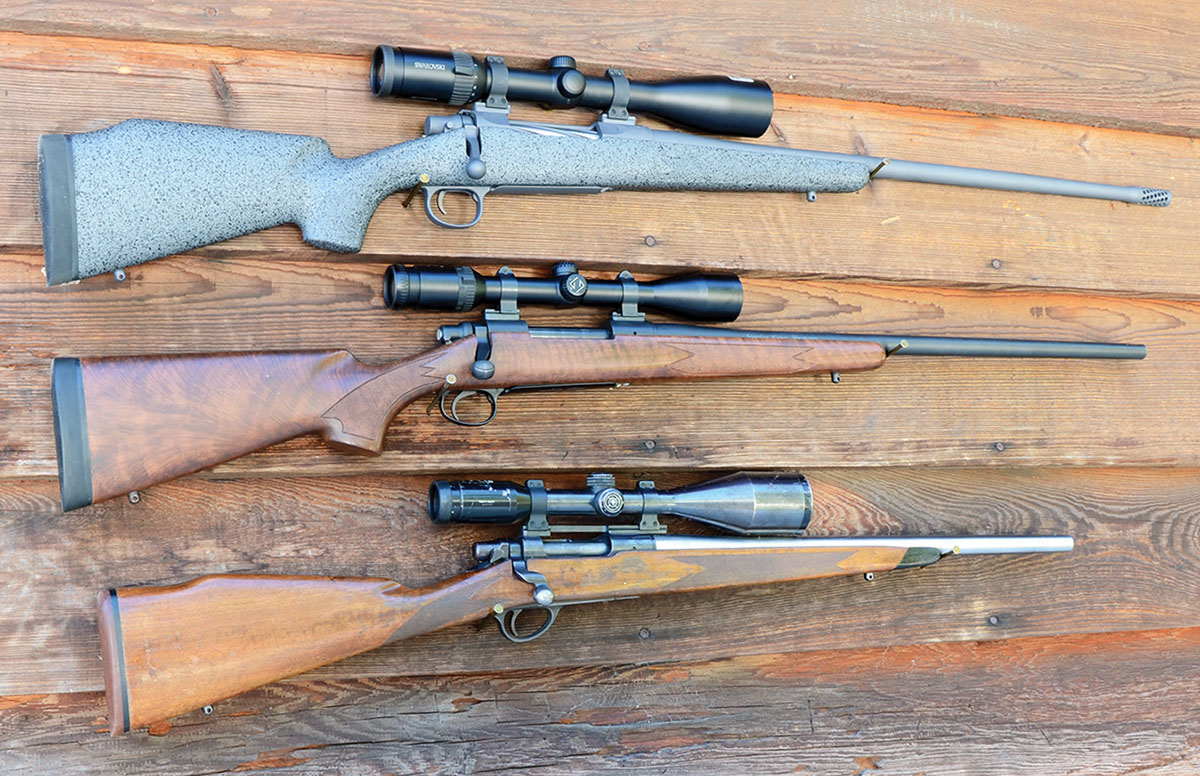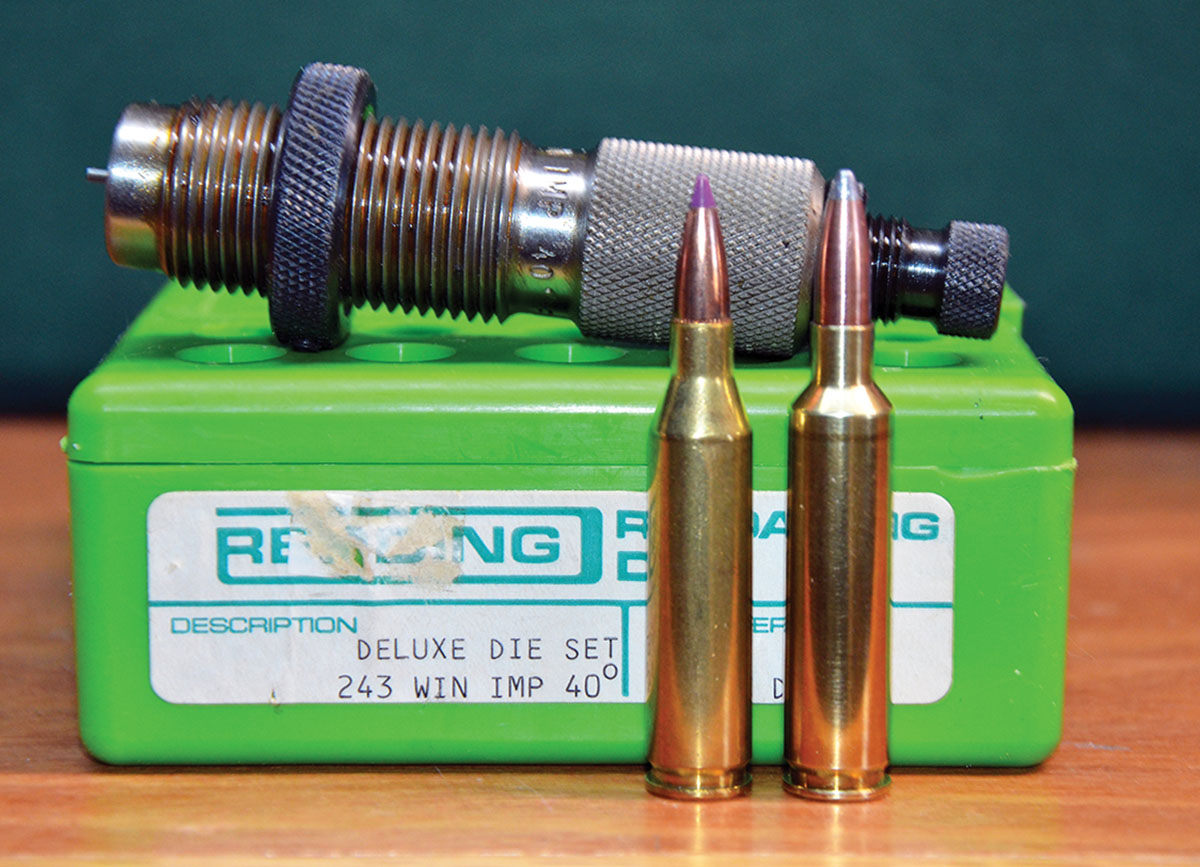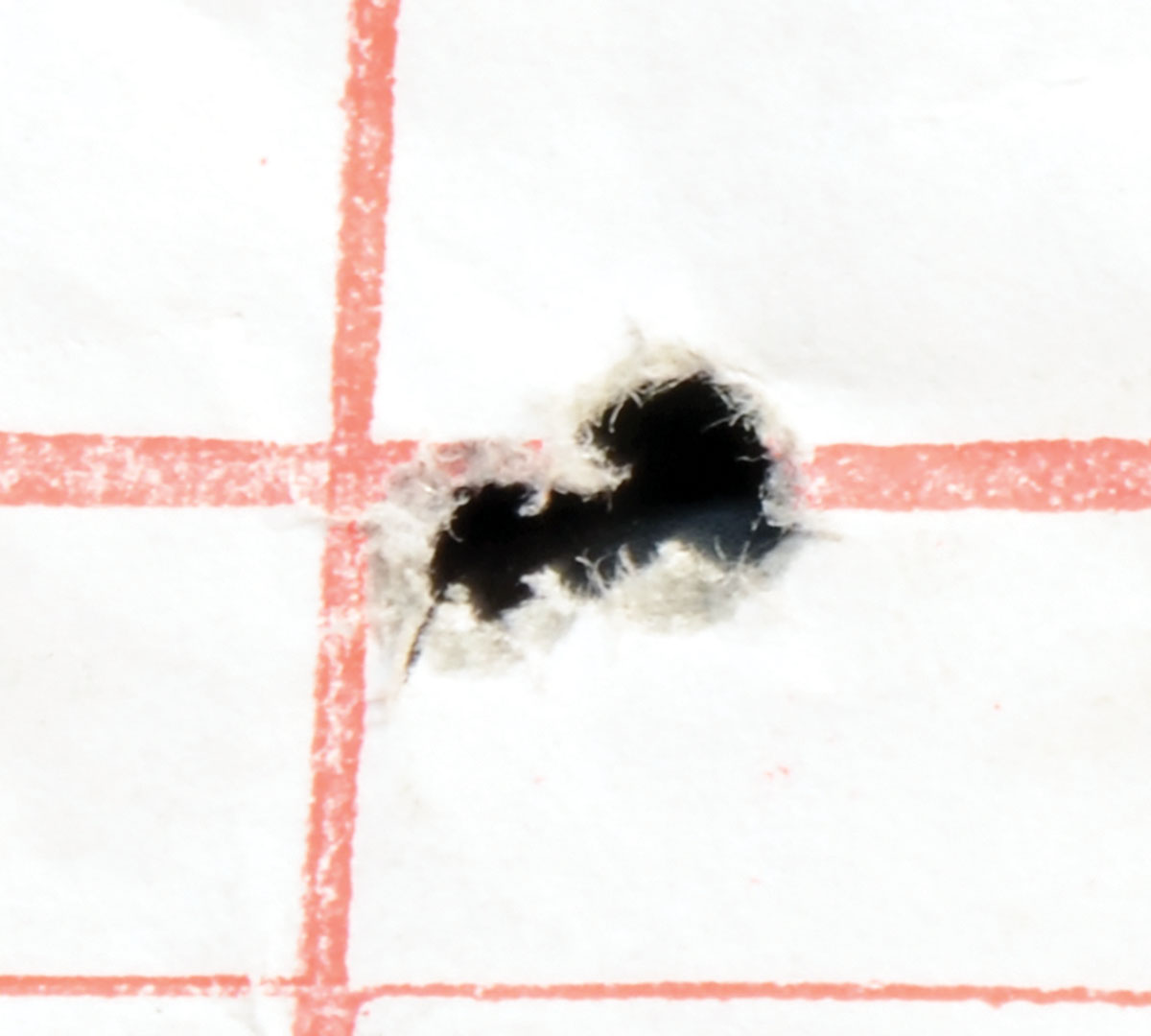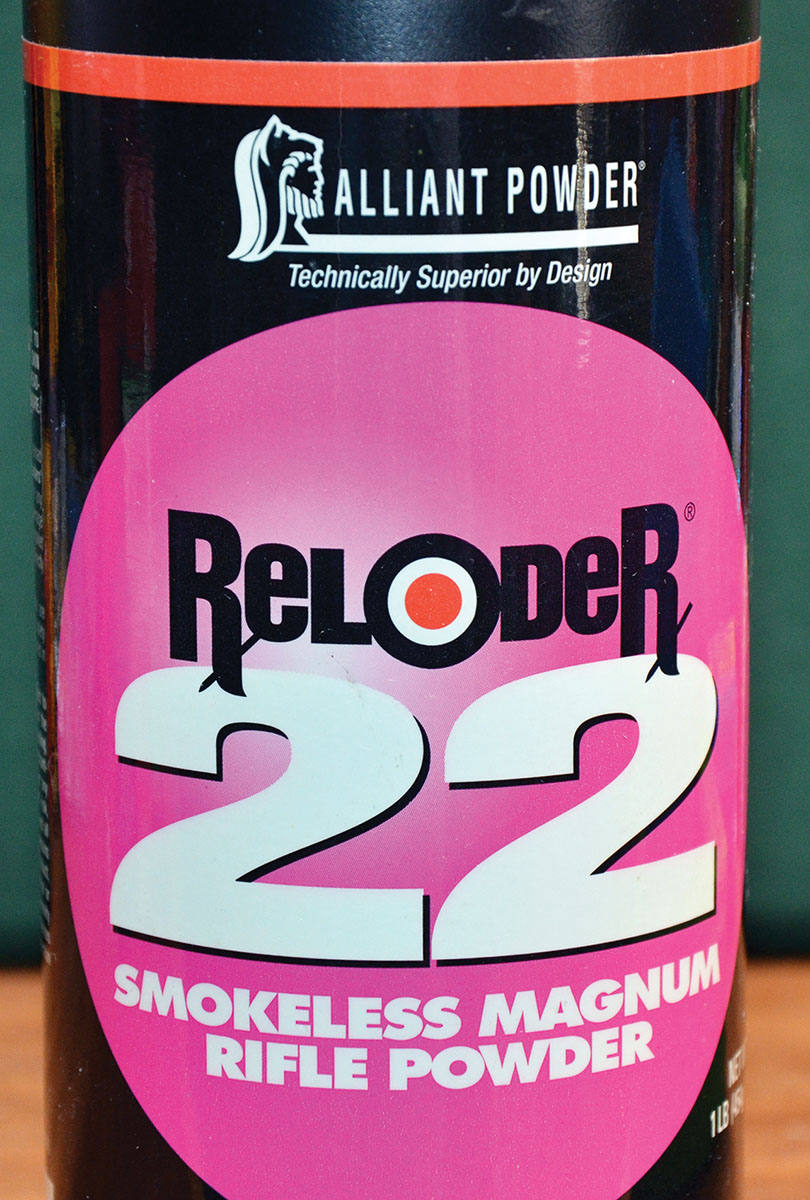Not long after the 1955 introduction of the 243 Winchester, Parker Otto Ackley increased its capacity by fireforming the case for less body taper and increasing shoulder angle to 40 degrees. According to Ackley, he decided to do so due to customer demand and not in an attempt to greatly improve the standard 243 Winchester cartridge. We know the cartridge as the 243 Ackley Improved. Other gunsmiths traveled down the same trail but with minor differences in case modification. Fred Huntington, who invented the Rock Chuck Bullet Swage, stepped forward with the 243 RCBS that with the exception of a 30-degree shoulder angle, is pretty much the same as Ackley’s version. Others included the 243 Epps Improved, the 243 Mashburn and the 243 Reynolds Special. Regardless of the name attached to the cartridge, all performed about the same, although the 243 Ackley Improved became the most popular by far.
I was introduced to the 243 Ackley Improved by Kenny Jarrett. At the time, he was working on a farm owned by an uncle, and to supplement the income needed for a growing family, he began a second career in general gunsmithing. Repair work out of an old building in his backyard used up most of what little spare time there was to devote to the business. Still, he eventually got around to seeking ways to improve the accuracy of factory rifles. That led to a desire to build even more accurate rifles from scratch and benchrest competition held the answers he sought.

Kenny Jarrett’s first super-accurate rifle had a Remington Model 600 action and a factory stock. It was in 243 Ackley Improved but other accurate rifles in other calibers eventually followed: (1) Jarrett Tri-Lock action, 300 Jarrett, (2) Remington 700 action, 7mm STW and (3) Remington 600 action, 243 AI.
The technical information needed might have been acquired by simply asking a lot of questions of gunsmiths who specializing in building rifles for benchrest competition and several are credited with being quite helpful along the way. But more was learned by becoming one of the top competitors in the country, first while using rifles built by others and later with rifles built by Jarrett in his shop. A walking, talking encyclopedia on the American Civil War, his museum on the Cowden Plantation houses an impressive collection of artifacts from that conflict. A smaller room in a corner is filled with awards from his benchrest shooting days.

Layne’s short Beanfield Rifle in 243 Ackley Improved is on a blueprinted Remington Model Seven action with a McMillan stock and a Jarrett barrel. It consistently places three bullets inside a half-inch at 100 yards with the occasional group measuring less than a quarter-inch.
Among other important things, Jarrett learned that the keys to building a rifle capable of setting new records and winning matches were absolute dimensional uniformity combined with perfect alignment and concentricity among top-quality parts. By utilizing the materials and technical skills required to put together a heavy benchrest rifle, a lighter rifle that is more suitable for hunting use yet capable of closely approaching its accuracy could be built. Plus, it could be accomplished on a consistent basis.
In 1979, Jarrett began to apply what he had learned by replacing the barrel of a Remington Model 600 rifle with a medium-heavy, benchrest-grade barrel made by Clyde Hart. This was several years before the fiber-glass stock became popular outside of benchrest shooting circles, so the barreled action was glass bedded in the Remington walnut stock. The barrel, chambered to 243 Ackley Improved, consistently shot good bullets inside half-minute-of-angle with an occasional screamer in the quarter-minute category. The first deer taken was standing on the far side of a soybean field; and so was born the soon to be famous Beanfield Rifle. The Kahles Hellia 8x56mm scope, the little optic that this rifle has always worn, was extremely popular among deep south deer hunters for reaching across vast cultivated fields.

Fireforming the 243 Winchester case to the Ackley Improved shape increases its capacity by about 10 percent. Everything including barrel length and the chamber pressure to which the two are loaded being equal, the Ackley will be 100 fps or so faster.
I have hunted with that first Jarrett rifle and despite its homely appearance it is, in fact, quite accurate. It is also deadly on deer. His home and shop are located on the edge of Cowden Plantation, part of which borders the Savannah River. Consisting of deep wooded areas intermixed with vast soybean fields, it is excellent deer and feral hog habitat. Each field has an elevated shooting house and while quite comfortable, some are not exactly roomy, so a short rifle is just the ticket for them. In addition to taking an impressive number of very good bucks, Jarrett was responsible for keeping the population under control by culling so more deer than most of us will ever see fell victim to “Shorty,” as he referred to the rifle. He mostly used the Nosler 85-grain Partition at just over 3,300 feet per second (fps).
My snub-nosed Beanfield Rifle in 243 Ackley Improved was built quite a few years after the original Shorty was created. On a blueprinted Remington Model Seven action, it eventually became a switch-barrel rig with other barrels in 22-250 Ackley improved, 7mm-08 Remington and 308 Winchester eventually added to its quiver. It’s a fairly heavy 20-inch barrel in 243 Ackley Improved, measuring .750 inch at the muzzle and has a 1:10 twist. The profile of the McMillan Kevlar-reinforced fiberglass stock is a copy of the walnut stock worn by the original Model Seven. The Schmidt & Bender 1.5-6x 42mm scope my rifle has always worn in the field sucks up shooting light long after other scopes are ready to quit and go home. The hunt-ready weight of the rifle is 8.75 pounds.

This three-shot group, fired at 100 yards with the Nosler 90-grain Ballistic Tip from Layne’s custom Model Seven in 243 Ackley Improved, measured .188 inch.
A day or so after receiving the little rifle, I attached a Lyman LWBR 20 scope and began developing loads for it. A good supply of Nosler bullets was on hand and Reloder 22 seemed to be a good fit, so work at the bench began. The level of accuracy was amazing, to say the least. Like the original Shorty, mine consistently placed three good bullets inside a half-inch, with some individual groups occasionally measuring less than a quarter-inch. A deer rifle is not supposed to be that accurate, nor does it have to be, but it most certainly is a lot of fun to shoot.

RL-22 is an excellent choice for use with bullets of various weights in the 243 Ackley Improved.
For those interested in building a rifle in 243 Ackley Improved (or any rimless Ackley Improved cartridge for that matter), I will mention that a chamber reamed to Ackley’s specifications allows factory ammunition to be fired. This is because the shoulder/neck juncture of a chambered factory round rests against the shoulder/neck juncture of the chamber. Converting a rifle in 243 Winchester for the Ackley cartridge requires setting back the barrel back before rechambering.
The amount of capacity gained with an improved cartridge greatly depends on the amount of taper in the parent case. When the sharply tapered 300 H&H Magnum case is blown out to the 300 Ackley Improved Magnum or the 300 Weatherby Magnum shape, there is a considerable gain in capacity. In comparison, when the 243 Winchester case, with its minimal amount of taper is blown out, the powder capacity gain is only around 10 percent. All things, including chamber pressure and barrel length being the same, the gain in capacity will usually result in a velocity gain of around 100 fps.
Are there other benefits? It has been written that the 243 Ackley Improved is more accurate than the standard 243 Winchester but I have doubts about that. The most accurate hunting rifle in 243 Winchester I own is a Model 15Ti built by Ross Spagrud of Prairie Gun Works (now known as PGW Defense Technologies). It has a titanium receiver, a Kevlar stock and a relatively skinny barrel measuring .625 inch at the muzzle. Total weight with a scope is a feathery 6.5 pounds yet, it consistently averages less than a half-inch at 100 yards with its favorite loads. If the barrel on that rifle were as heavy as and of equal quality to the 243 Ackley Improved barrel on my custom Model Seven, I do believe it too would crowd quarter-minute accuracy. An advantage of the improved shape is cases don’t have to be trimmed quite as often.
.jpg)





.jpg)


